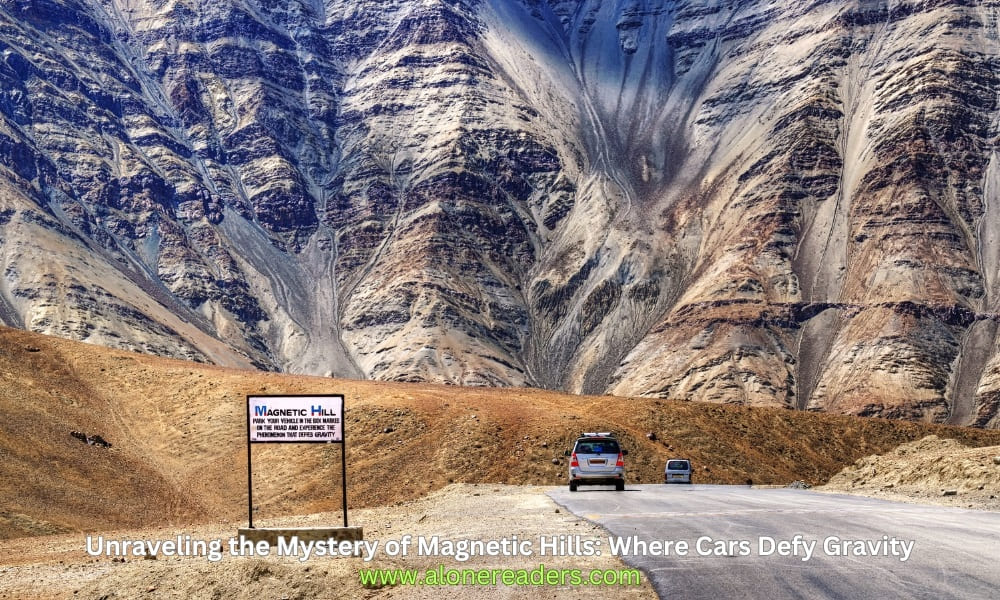
In a world that operates on the principles of gravity, there are places where these very principles seem to be challenged, if not defied. The phenomenon known as "Magnetic Hills" presents an astonishing visual and physical illusion, where vehicles, when placed in neutral, appear to roll uphill against the natural pull of gravity. This article delves into the enigmatic world of Magnetic Hills, exploring the science behind these intriguing spots and highlighting some famous locations around the globe where you can witness this perplexing phenomenon.
The core of the Magnetic Hill phenomenon lies in what is actually an optical illusion. These hills are found in areas where the surrounding landscape creates a horizon that is obscured or not easily distinguishable. Without a true horizon, it becomes difficult for observers to judge the slope of the surface accurately. Consequently, what appears to be an uphill incline is, in reality, a slight downhill slope. This misperception leads to the bewildering sight of cars seemingly rolling uphill.
For centuries, these hills have been shrouded in myth and mystery. Some local legends attribute the phenomenon to magnetic or supernatural forces, believing that these hills possess a unique magnetic field strong enough to pull vehicles upward. However, scientific studies have consistently debunked these myths, demonstrating that the phenomenon is purely optical and not a result of magnetic or gravitational anomalies.
Magnetic Hills are not just confined to one part of the world; they can be found across various continents, each with its unique backdrop and story.
The phenomenon of Magnetic Hills significantly contributes to our understanding of perception and reality. It underscores how easily our senses can be deceived, especially in the absence of a clear horizon or reference point. These hills serve as a natural laboratory for psychologists and researchers studying human perception and the brain's interpretation of visual cues.
Beyond their scientific interest, Magnetic Hills have become popular tourist spots. Road signs often mark these locations, and visitors are encouraged to stop their cars, place them in neutral, and experience the surreal sensation of moving uphill. This quirky, off-the-beaten-path attraction adds a touch of mystery and fun to road trips and has been a draw for tourists around the world.
In some regions, Magnetic Hills are more than just tourist spots; they hold cultural and environmental significance. The local lore surrounding these hills often reflects the history and beliefs of the area, offering a glimpse into the region's heritage. Additionally, the unique geological formations that create these illusions can also be of interest to geologists and environmentalists.
While Magnetic Hills attract a lot of visitors, their popularity can also pose challenges. Increased traffic can lead to environmental degradation and pose risks to local wildlife. Consequently, some regions have implemented measures to protect these unique landscapes, ensuring that they can be enjoyed by future generations.
The Magnetic Hill phenomenon is a remarkable reminder of the complexities of perception and the wonders of our natural world. These locations offer a unique combination of natural beauty, scientific curiosity, and a touch of mystery, making them a must-visit for travelers seeking something out of the ordinary. As we explore these enigmatic hills, we are reminded of the intricate ways in which our perceptions shape our understanding of the world around us.
In conclusion, whether approached from a scientific perspective or simply as a source of amusement, Magnetic Hills continue to captivate the imagination of people around the globe. They stand as a testament to the quirks of our planet, offering a playful challenge to our understanding of the laws of gravity and a fascinating experience for all who visit.